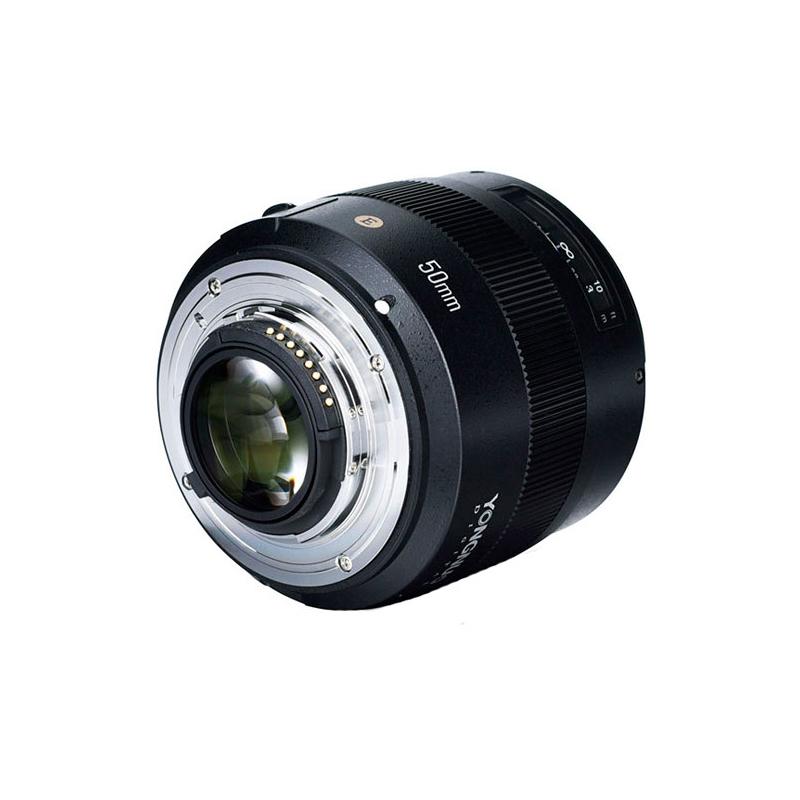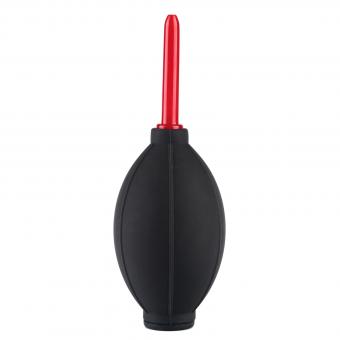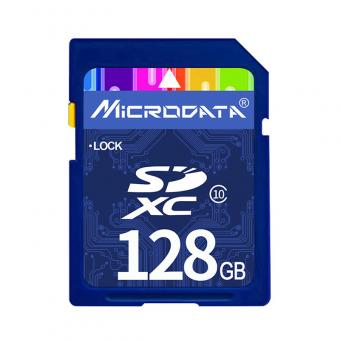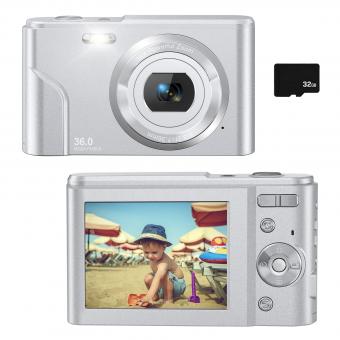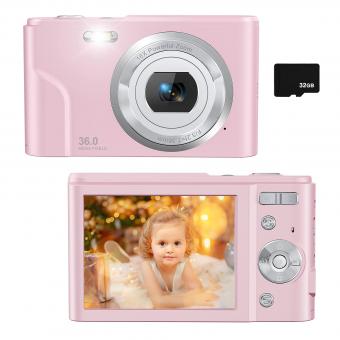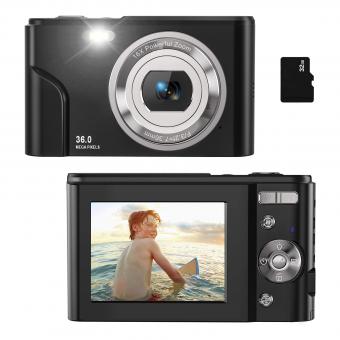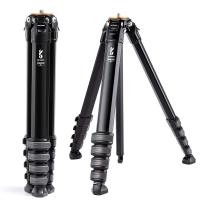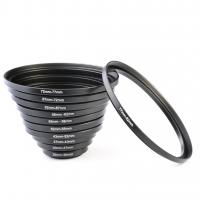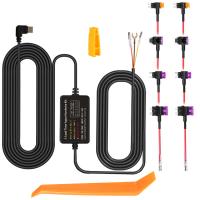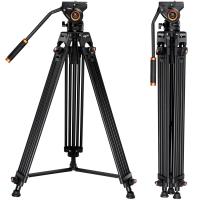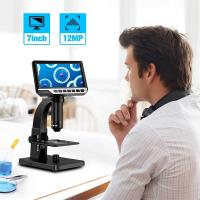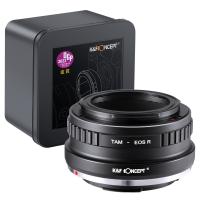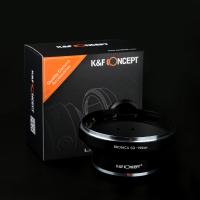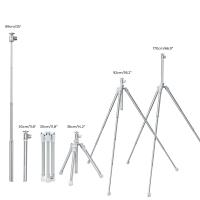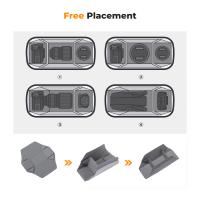What Are Digital Cameras ?
Digital cameras are electronic devices that capture and store photographs and videos in digital format. They use an image sensor to convert light into electrical signals, which are then processed and stored as digital files on a memory card. Digital cameras have replaced traditional film cameras due to their convenience, ease of use, and ability to instantly review and edit photos. They come in a variety of sizes and styles, from compact point-and-shoot cameras to professional-grade DSLRs. Many digital cameras also offer advanced features such as image stabilization, high-speed shooting, and manual controls for aperture, shutter speed, and ISO. With the rise of smartphones, many people now use their phone cameras as their primary camera, but digital cameras still offer superior image quality and versatility for serious photographers.
1、 Image sensor technology
Digital cameras are electronic devices that capture and store images in digital format. They have replaced traditional film cameras due to their convenience, versatility, and ability to produce high-quality images. Digital cameras use image sensor technology to capture light and convert it into digital signals that are then processed and stored as image files.
Image sensor technology is the heart of digital cameras. It is responsible for capturing light and converting it into electrical signals that are then processed by the camera's image processor. There are two main types of image sensors used in digital cameras: CCD (charge-coupled device) and CMOS (complementary metal-oxide-semiconductor).
CCD sensors were the first type of image sensors used in digital cameras. They are known for their high image quality and low noise levels. However, they are more expensive to manufacture and consume more power than CMOS sensors.
CMOS sensors, on the other hand, are more affordable and consume less power than CCD sensors. They are also faster and more versatile, making them ideal for use in digital cameras. In recent years, CMOS sensors have become the preferred choice for most digital camera manufacturers due to their lower cost and improved performance.
The latest advancements in image sensor technology have led to the development of sensors with higher resolution, improved dynamic range, and better low-light performance. Some cameras now feature sensors with over 100 megapixels, allowing for incredibly detailed images. Additionally, new sensor designs and processing algorithms have improved the ability of digital cameras to capture images in low-light conditions, making them more versatile than ever before.
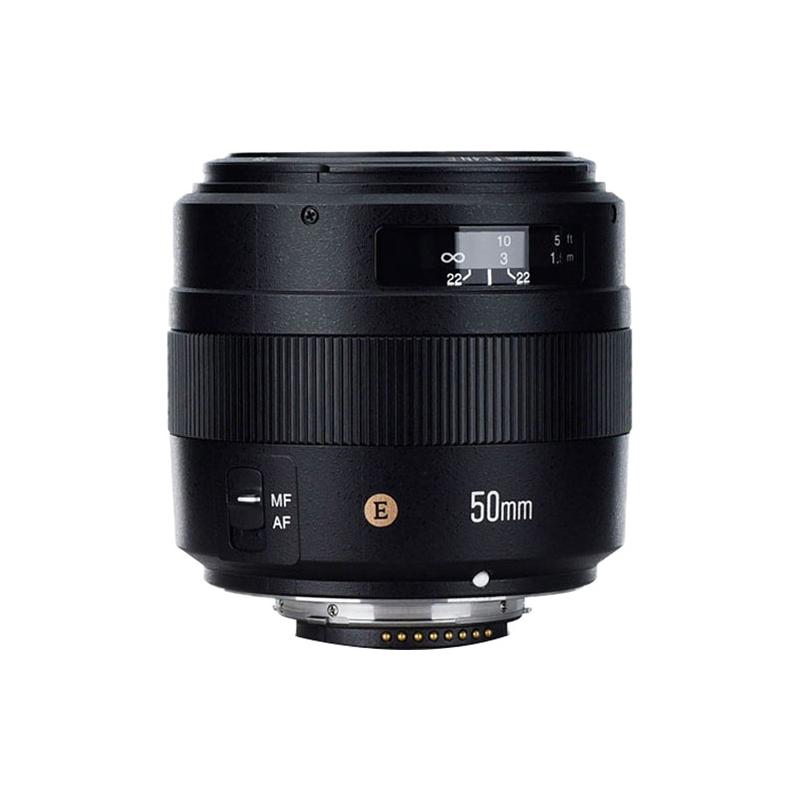
2、 Lens and aperture
Lens and aperture are two essential components of a camera that work together to capture high-quality images. The lens is responsible for focusing light onto the camera's sensor, while the aperture controls the amount of light that enters the camera. The aperture is essentially a small opening in the lens that can be adjusted to let in more or less light. This is important because too much light can overexpose an image, while too little light can result in an underexposed image.
In recent years, digital cameras have become increasingly popular. These cameras use digital sensors to capture images, rather than traditional film. Digital cameras offer a number of advantages over film cameras, including the ability to instantly review and edit images, as well as the ability to store thousands of images on a single memory card.
One of the latest developments in digital cameras is the use of mirrorless technology. Mirrorless cameras do not have a mirror that reflects light into the viewfinder, as traditional DSLR cameras do. Instead, they use an electronic viewfinder that displays a digital image of what the camera is seeing. This allows for a more compact camera design and faster autofocus speeds.
Overall, lens and aperture are crucial components of any camera, whether it be a traditional film camera or a modern digital camera. As technology continues to advance, we can expect to see further developments in camera design and functionality.
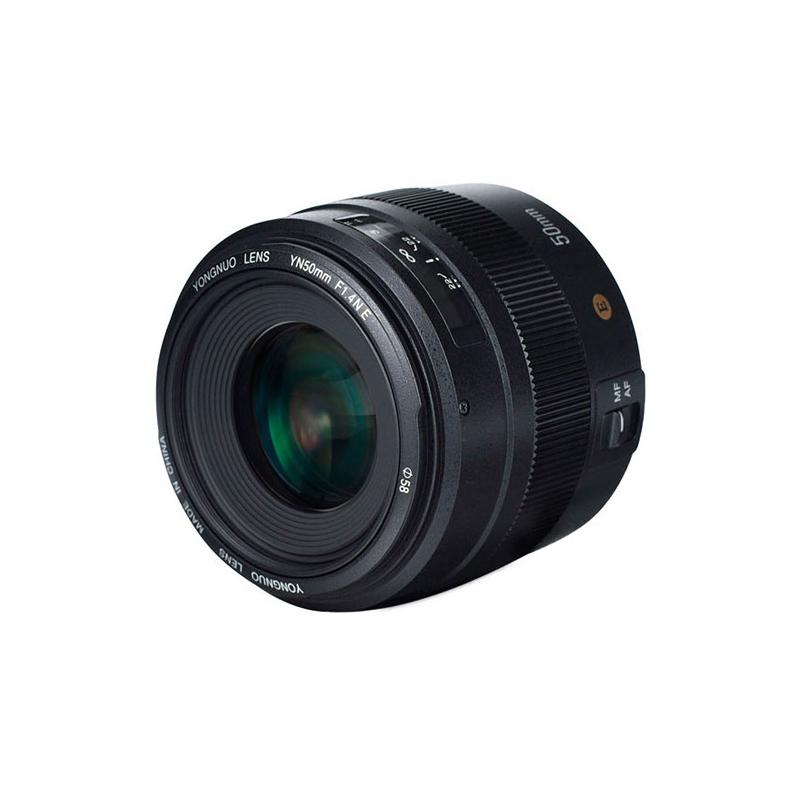
3、 Image processing and compression
Digital cameras are electronic devices that capture and store images in digital format. They have replaced traditional film cameras due to their convenience, versatility, and ability to produce high-quality images. Digital cameras use an image sensor to capture light and convert it into digital data, which is then stored on a memory card.
Image processing and compression are two important aspects of digital cameras. Image processing involves manipulating the captured image to enhance its quality, remove noise, adjust color balance, and correct distortion. This is done using software algorithms that are built into the camera or can be applied later using image editing software.
Compression is the process of reducing the size of the digital image file without significantly affecting its quality. This is important because digital images can take up a lot of storage space, especially if they are high-resolution. Compression algorithms are used to remove redundant information from the image file, resulting in a smaller file size.
In recent years, digital cameras have evolved to include advanced features such as Wi-Fi connectivity, touchscreens, and advanced autofocus systems. Some cameras also offer 4K video recording capabilities, making them popular among videographers and content creators.
Overall, digital cameras have revolutionized the way we capture and share images, and they continue to evolve with new technologies and features.
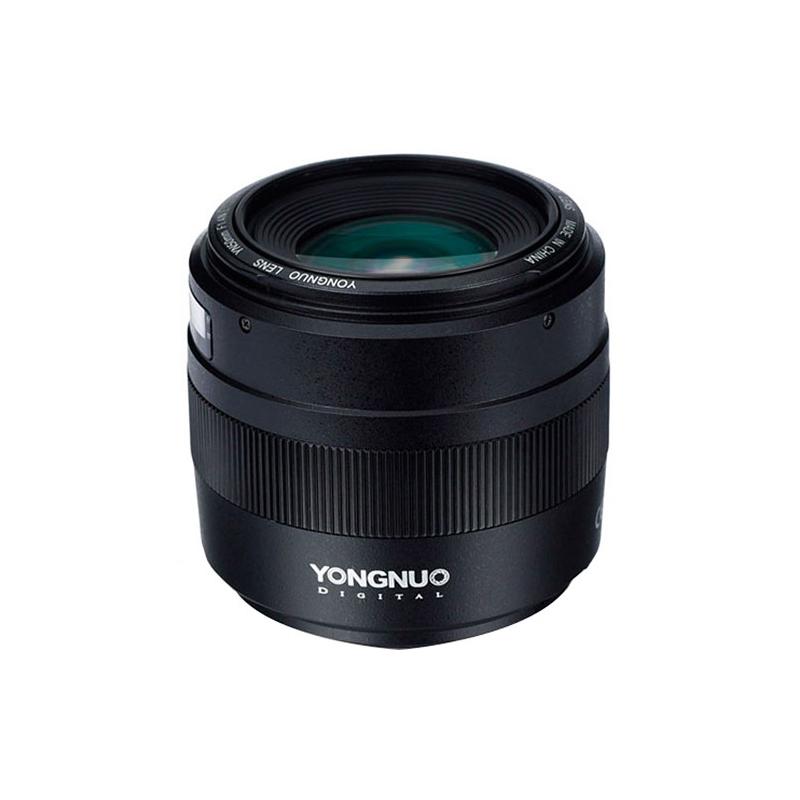
4、 Storage media
Digital cameras are electronic devices that capture and store images in digital format. They have replaced traditional film cameras due to their convenience, ease of use, and ability to store a large number of images on a single memory card. Digital cameras use a sensor to capture light and convert it into digital data, which is then stored on a memory card.
Storage media refers to the various types of memory cards used to store digital images captured by digital cameras. These include SD cards, microSD cards, CompactFlash cards, and Memory Stick cards. The amount of storage capacity available on these cards varies, with some cards capable of storing hundreds or even thousands of images.
In recent years, digital cameras have become more advanced, with features such as Wi-Fi connectivity, touchscreens, and advanced autofocus systems. Some cameras also have the ability to shoot high-quality video, making them a versatile tool for both photography and videography.
One of the latest developments in digital cameras is the rise of mirrorless cameras, which offer the image quality of a traditional DSLR camera in a smaller, more compact package. These cameras use electronic viewfinders instead of optical viewfinders, allowing for a more compact design without sacrificing image quality.
Overall, digital cameras and their storage media have revolutionized the way we capture and store images, making it easier than ever to document our lives and share our experiences with others.
